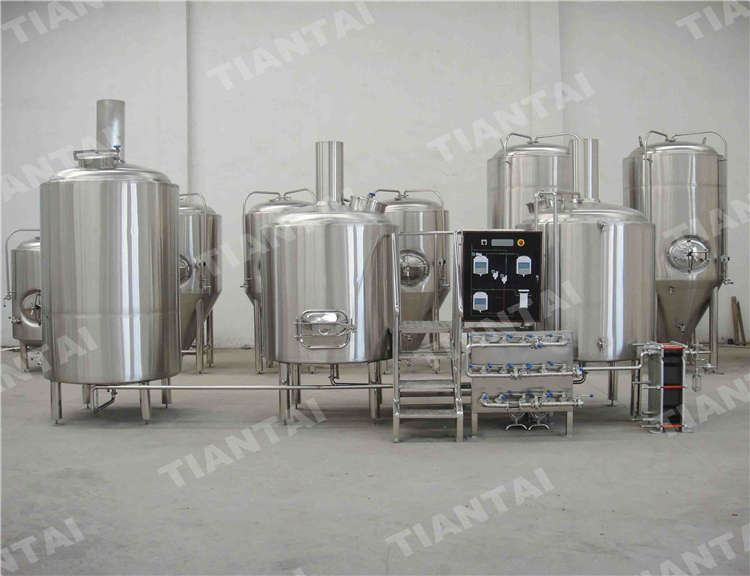When brewing beer, encountering a stalled fermentation can be a frustrating setback. Imagine everything going smoothly until suddenly, the yeast decides to take an unplanned break. Your brew sits unfinished, risking both disappointment and potential explosions if bottled prematurely.
Stalled fermentation in brewing is not uncommon and can stem from various factors beyond just bad yeast or infections. Understanding these reasons is crucial to keeping your beer’s fermentation on track and ensuring a successful brew.
Reasons for Stalled Fermentation
Several factors can cause yeast to stall mid-process. These include overly vigorous initial fermentation, inadequate yeast preparation, or sudden temperature fluctuations that shock the yeast into dormancy.

Resurrecting Yeast
Reviving yeast and kickstarting fermentation isn’t as daunting as it sounds. Here’s a straightforward method to get your yeast back on track:
To revive stalled yeast, you can utilize a simple technique involving warm water to gently raise the temperature and reinvigorate the yeast metabolism.
Prepare Warm Water: Ensure the temperature of the water is slightly warmer than your target fermentation temperature.
Activate the Temperature Control: Use an Electronic Temperature Controller (ETC) to heat the fermenter by a few degrees. This controlled increase in temperature helps reactivate the dormant yeast.
Heat Transfer Process: The warm water, when introduced into the fermenter jacket, heats the beer or wort from the bottom up. This rising warmth not only warms the liquid but also creates currents that stir up any settled yeast.
Yeast Reactivation: As the yeast warms up, its metabolic processes accelerate, allowing it to consume sugars and continue fermenting the beer.

Benefits
This method is particularly effective for yeast strains that tend to flocculate or settle out of suspension quickly. By periodically warming the fermenter and stirring the contents, you can maintain a consistent fermentation process.
Conclusion
Successfully managing yeast and fermentation is key to brewing excellent beer. With this method, you can confidently revive stalled yeast and ensure that your brew reaches its full potential without the risk of incomplete fermentation or exploding bottles.
In summary, understanding the nuances of yeast behavior and employing gentle heating techniques can make a significant difference in your brewing process. Keep your yeast happy, and your beer will reward you with consistent quality and flavor.


